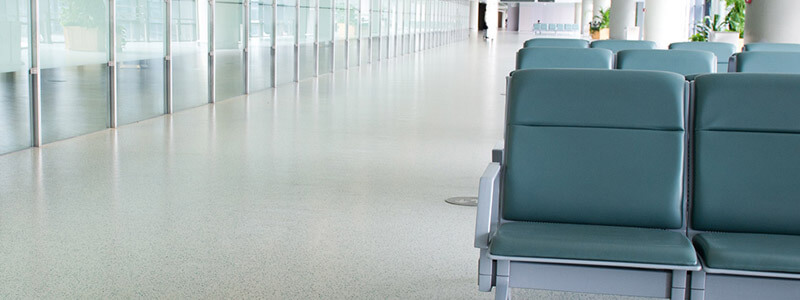PVC Flooring for buildings is one of the most popular types of flooring. PVC stands for Poly Vinyl Flooring. It is a plastic polymer and is the third most produced polymer in the world. PVC was discovered accidentally in 1872. PVC is used in many applications, including in making pipes, cables, and in flooring. PVC flooring is available in the form of tiles or Vinyl flooring rolls that is easy to use and install.

Some of the key things to know about the use of PVC in flooring are:
• PVC flooring is available in the form of tiles, planks, or sheets. The tiles and planks can be fixed on the floor and are simple to install. The Vinyl flooring rolls of sheets can be laid on the floor just like laying a carpet. However, care should be exercised while using sheets as a mistake can mess up the entire look of the floor.
• PVC Flooring for buildings can be installed over existing flooring. In case any of the tiles is damaged, it can be replaced easily with an alternate tile. However, replacing a sheet will be difficult. Generally, PVC flooring is durable and quite sturdy.
• It is light weight and there is no elaborate maintenance needed. There is no requirement for polishing. Sweeping and mopping are sufficient to ensure cleaning.
• It is stain resistant and is thus ideal in homes where it does not affect the look of the floor. Since it is water resistant, it can be used in bathrooms and other areas where there will be water spillage. It does not allow water seepage.
• PVC flooring is available in various colors, designs, and patterns. It is even available in 3D patterns and can look exactly like stone or wood flooring. It is aesthetically appealing.
